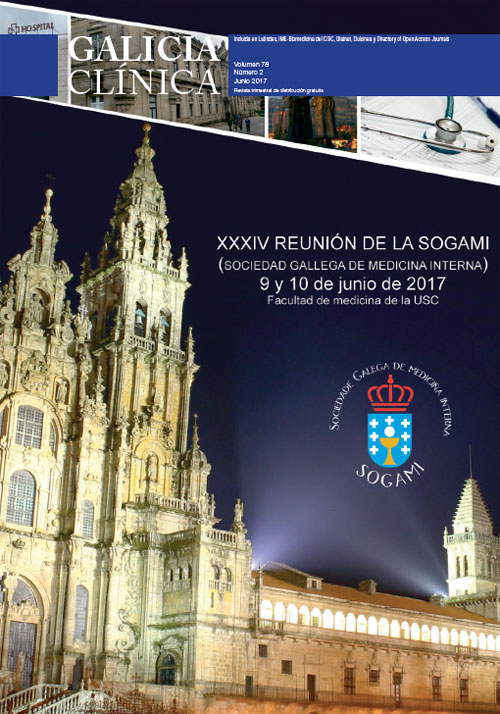Abstract
Background: Tuberculosis (TB) is a multisystemic disease and a leading cause of infectious disease-related mortality worldwide.
Objectives: This study aims to characterize patients with TB in a portuguese cohort.
Methods: Retrospective analysis of files pertaining inpatients with TB admitted between 1/2005 - 12/2014. Data were analysed using χ2 or Fisher exact test (p<0.005 = statistically significant) and odds ratio was calculated.
Results: 222 cases were found: 128 patients had pulmonary involvement (PTB) and 100 extrapulmonary disease (ETB) (6 had overlapping disease), with men being mostly affected. The most common locations of ETB were lymphatic (27.0%), meningeal and osteoarticular (both 19.0%).
The majority exhibited risk factors (64.0%, p<0.005). PTB was associated with smoking (p=0.000, OR=5.05) and contact with TB-infected person (p=0.002, OR=7.53). HIV infection (p=0.000, OR=5.16) and age > 65 (p=0.005, OR=3.34) were associated with ETB.
48 patients were HIV-infected, with median CD4 count of 74.5 cells/µL (13-136), most cases occurring in the setting of new HIV diagnosis. HIV infection was statistically associated with disseminated (OR=12.64), pleural (OR=8.50), meningeal (OR=2.96) and lymphatic TB (OR=2.38). HIV negativity was associated with pulmonary (OR=4.08) and osteoarticular disease (OR=5.42).
PTB was confirmed mainly by culture or PCR test plus smear (81.3%). ETB diagnosis was more complex.
Clinical outcome was favourable (PTB 98.4%; ETB 94.0%). Eight patients died.
Conclusions: TB remains an important healthcare issue in Portugal. Contact with TB-infected person and smoking (PTB) and HIV infection and age > 65 (ETB), were significant risk factors. HIV infection was associated with disseminated, pleural, meningeal and lymphatic disease.
© 2017 Galicia Clínica.
Complete article | Pdf article


